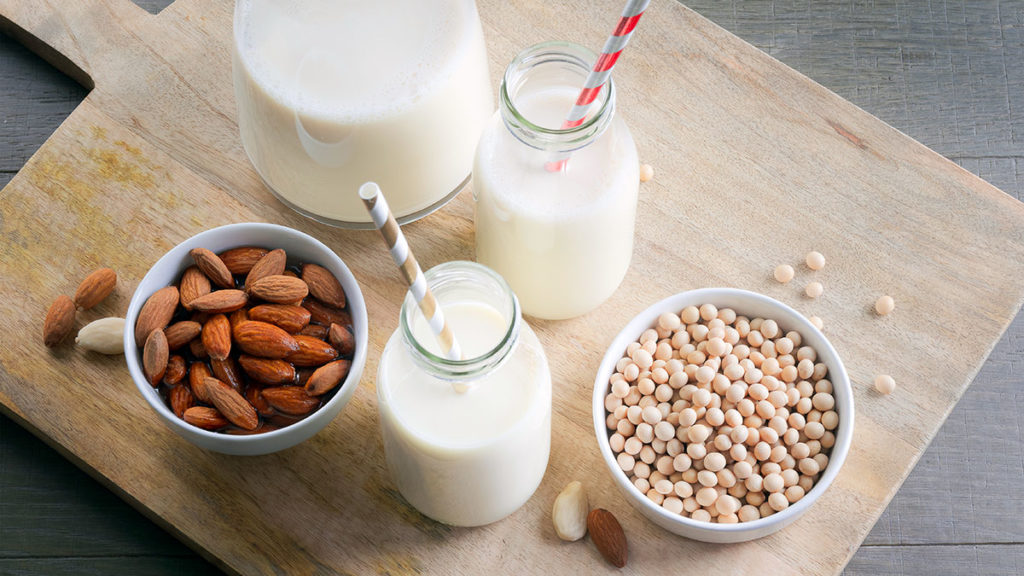Also known as the sunshine vitamin, vitamin D is famous for its role in helping our bodies absorb calcium to keep our bones strong and reduce the risk of osteoporosis. But it actually plays a much bigger role in keeping us healthy.
Vitamin D helps support a strong immune system, helps maintain muscle strength and function, and keeps our teeth and skin healthy. It may even play a role in reducing the risk of dementia and depression.
How much vitamin D do we need?
Adults need 5-15 µg of vitamin D a day, increasing as we get older. Kiwis and Aussies get about 90 per cent of their vitamin D requirements from the sunlight on their skin and 10 per cent from the food they eat.
Can we get enough vitamin D during winter?
Spending a lot of time indoors during winter is a risk factor for low vitamin D. Australian data on vitamin D levels shows that, in summer, 14 per cent of people are low in vitamin D, while in winter this increases to 36 per cent. In New Zealand, between 27 and 46 per cent of Kiwis have less than optimal vitamin D levels. So, it’s important to try to find ways to get outside during the colder months.
So how much time in the sun do we need?
This will depend on a range of factors, including where you live, what time of day it is, the colour of your skin and how much skin is exposed. Depending on latitude, walking outside at lunchtime for 7-40 minutes, with as much skin exposed as feasible, should do the trick.
What happens if I don’t get enough vitamin D?
Low levels of vitamin D can increase your risk of bone and joint pain and the chance of fractures and broken bones, especially if you are over 50. It’s also a risk factor for osteoporosis. Cardiovascular disease, severe asthma and cancer have also been linked to low vitamin D levels. In infants and children, moderate or severe vitamin D deficiencies can lead to soft bones or rickets.
Tips to help you get enough vitamin D
Vitamin D foods. You can get vitamin D in small amounts from foods, including eggs and UV-irradiated mushrooms. There are also several foods that have been fortified with vitamin D, including soy milks, almond milks, margarines and dairy milks.
UV-irradiated mushrooms. What are these you ask? Mushrooms convert the sunlight they absorb into vitamin D, so placing them in the sun can increase the amount of vitamin D they contain. A 100g serve of mushrooms left in the sun for an hour will provide your daily dietary vitamin D needs.
Get outside. Even if it’s chilly, get outside for a cuppa on the balcony, some gardening in the backyard or a chat across the fence with neighbours—any time in the sunshine counts.







